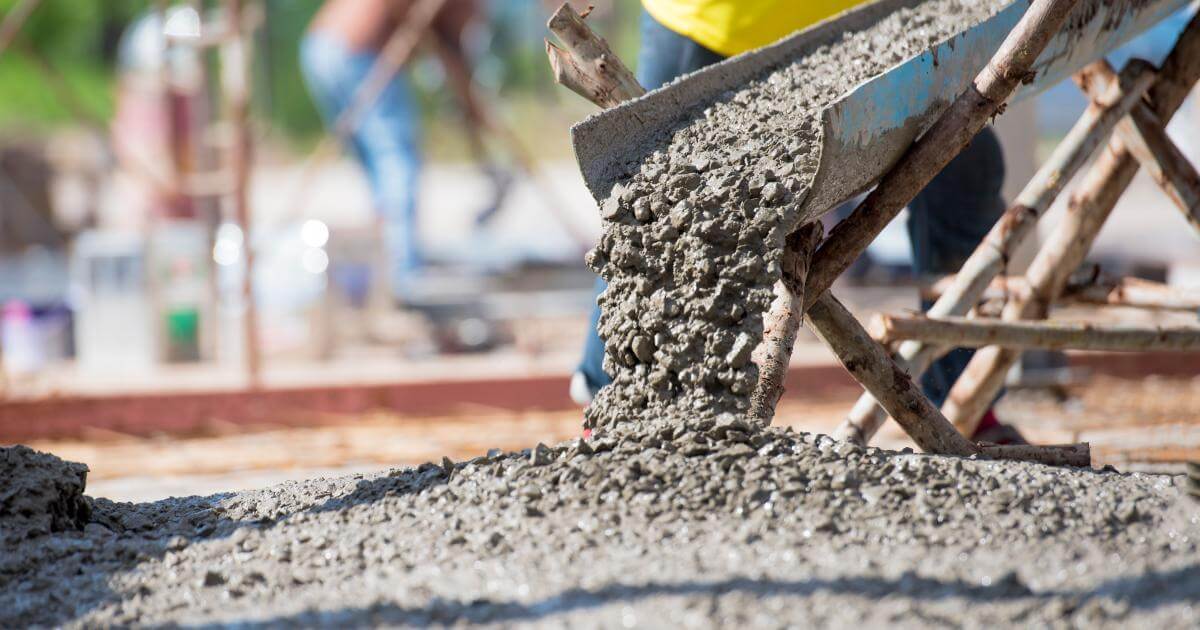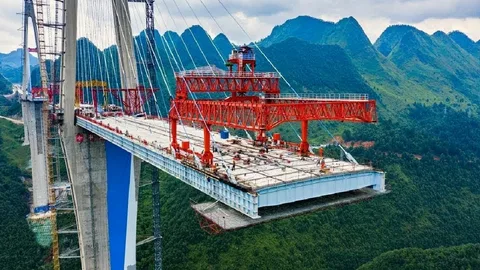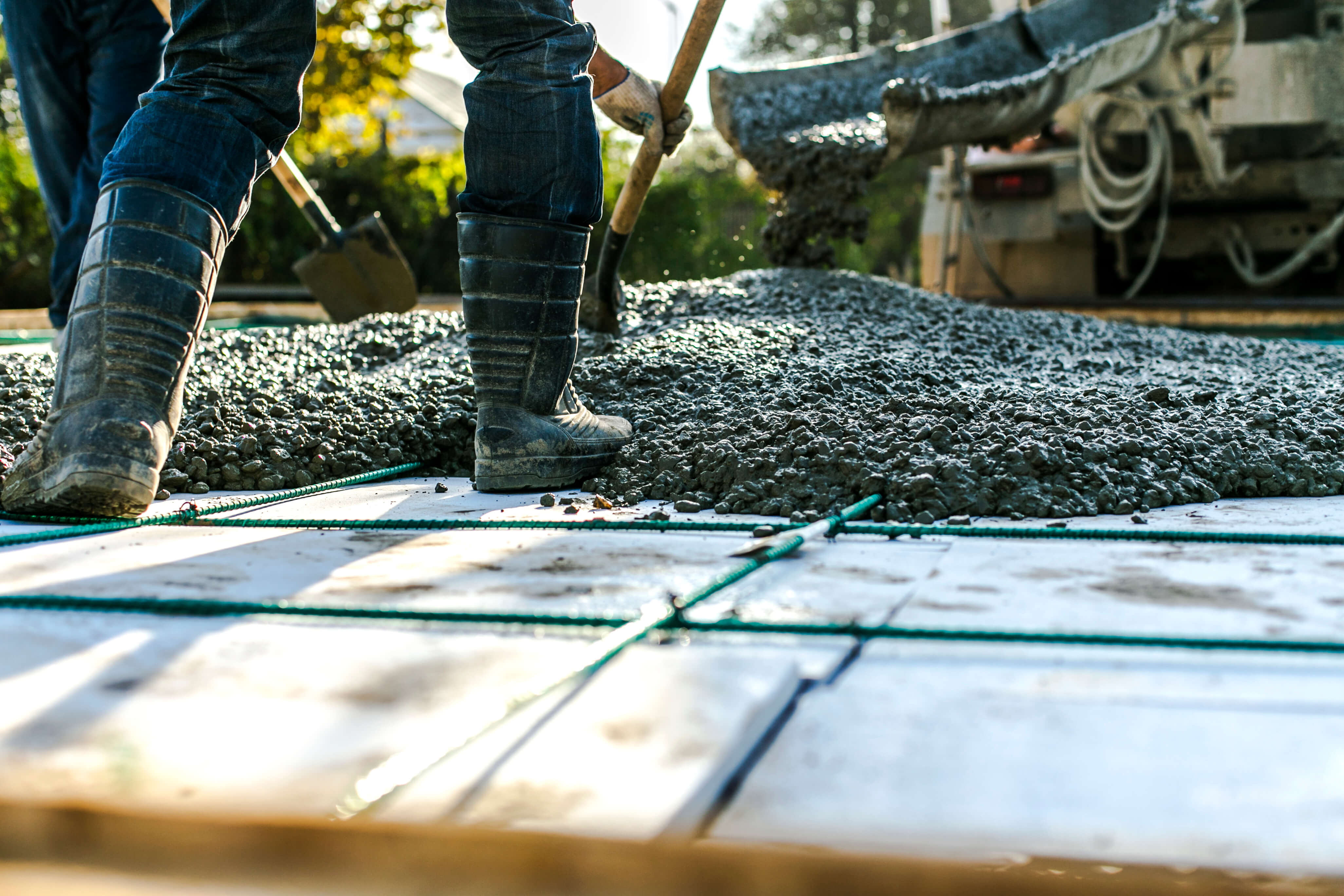
Concrete material consists of a binder, which is typically cement, rough and fine aggregates, which are usually stone and sand, and water. These include the constituent materials of concrete. But because of the many variables of the raw materials and how they are processed and combined, there are many opportunities for difficulties to appear in the concrete.
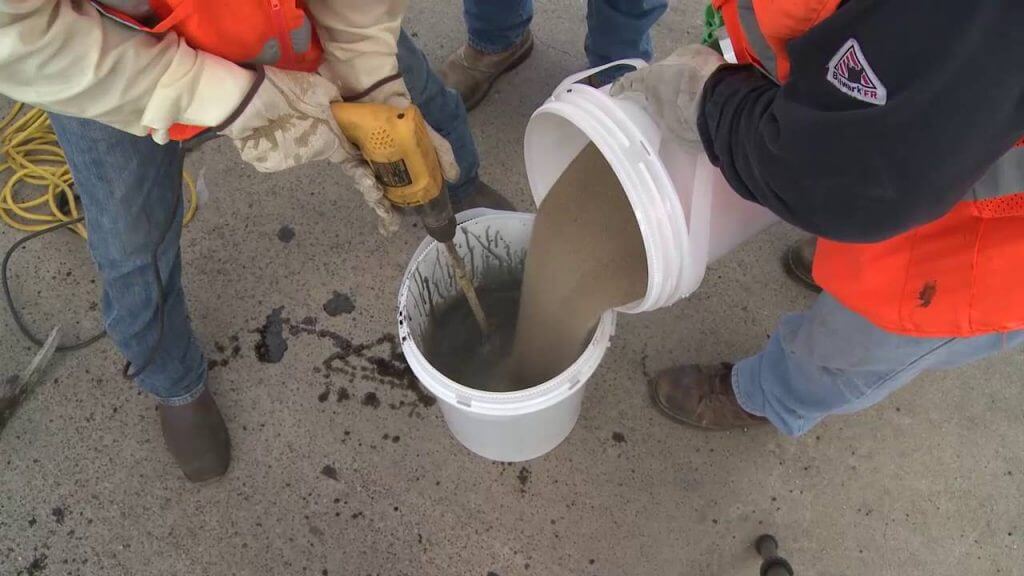
Having a basic understanding of the different concrete materials and manufacturing processes may help those who examine concrete to know what problems to look for, where to look for them, and how to recognize them.
In simple terms:
cement + water = cement paste;
cement paste + sand = mortar; and
mortar + stone = concrete.
To control the setting properties, you can add admixture in the mix. So, the chemical reactions that take place when different constituent materials are combined can vary depending on the properties of the individual materials.
The materials can vary in their chemical makeup and performance characteristics, depending on where they were mined or quarried, and according to the manufacturing methods used and conditions in the manufacturing plant.
Cement or Concrete
The words cement and concrete are both of Latin origin, reflecting the likelihood that the ancient Romans were the first to use the substances.
In addition, many examples of Roman concrete construction remain in the countries that encircle the Mediterranean, where Roman builders had access to numerous natural cement deposits. Moreover, natural cement consists mainly of lime, derived from limestone and often combined with volcanic ash.
Read here about Quikrete Concrete
Composition of Basic Concrete Mix
There are four basic ingredients within the concrete mix:
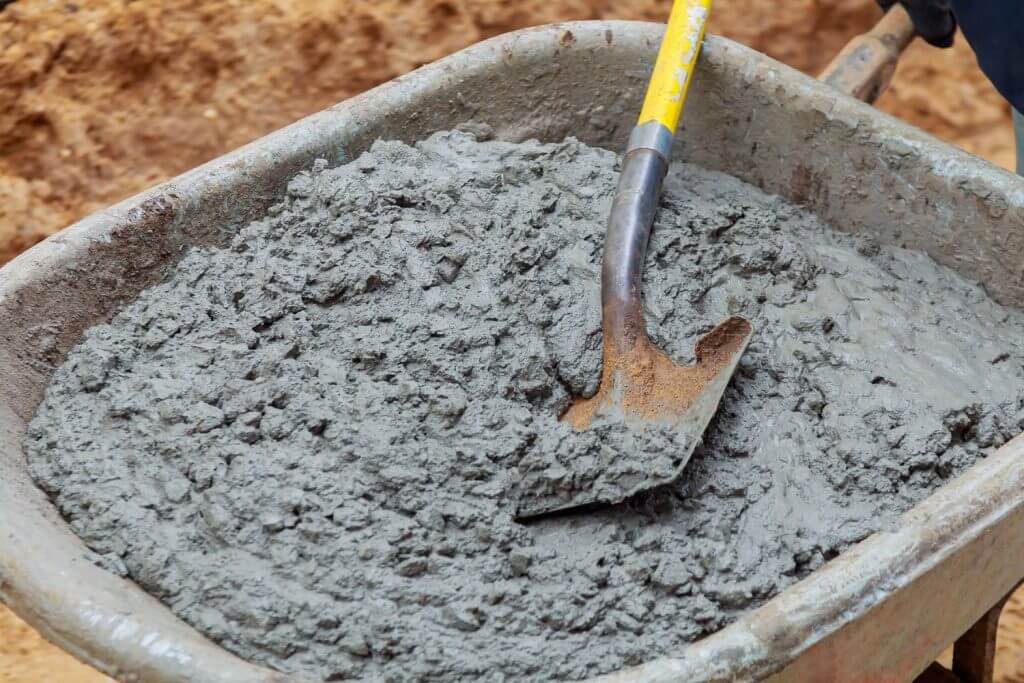
- Binding materials like cement or lime
- Aggregates or Inert Materials
- Fine aggregate (sand)
- Coarse aggregate (stone chips, brick chips)
- Water
- Admixture (e.g. Pozzolana)
Concrete Ingredients are as follows;
Binding Materials
Binding material is the main element of a concrete mix. The most commonly use binding material is cement and you can use Lime as well. More over, when the cement mixes with water it creates a paste that coats the aggregates within the mix. The paste hardens, binds the aggregates and form a stone-like substance.
Aggregates
Sand is the fine mixture. Gravel or crushed stone is the coarse mixture in most mixes.
Water
There is a need of water with chemicals react with the cement (hydration) and to provide work-ability with the concrete. The quantity of water within the combine in pounds should do comparison with the number of cement, the water/cement quantitative relation. In conclusion, the lower the w/c quantitative relation, the stronger the concrete.

